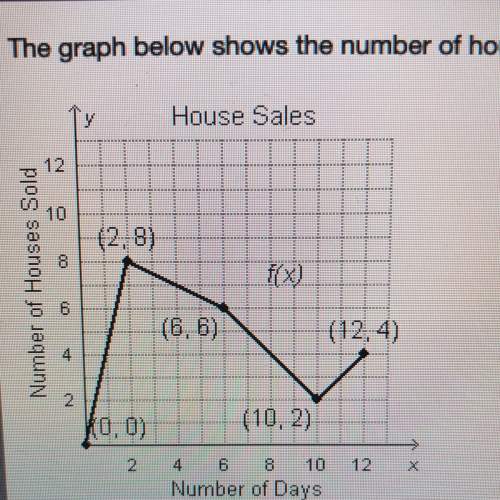
Mathematics, 02.12.2021 23:00, jinjermaxinejohnston
Three alleles (alternative versions of a gene) A, B, and O determine the four blood types A (AA or AO), B (BB or BO), O (OO), and AB. The Hardy-Weinberg Law states that the proportion of individuals in a population who carry two different alleles is P=2pq+2pr+2rq where p, q, and r are the proportions of A, B, and O in the population. Use the fact that p+q+r=1 to find the maximum value of P. (DO NOT USE LAGRANGE MULTIPLIERS)

Answers: 2
Other questions on the subject: Mathematics

Mathematics, 21.06.2019 18:00, aleilyg2005
List the sides of δrst in in ascending order (shortest to longest) if: m∠r =x+28°, m∠s = 2x+16°, and m∠t = x+12°
Answers: 1


Mathematics, 21.06.2019 20:00, jennywarmJones
15m is what percent of 60m; 3m; 30m; 1.5 km? the last one is km not m
Answers: 1

Mathematics, 21.06.2019 21:50, destinyharris8502
Which is the graph of this function 3 square root of x plus one if
Answers: 1
Do you know the correct answer?
Three alleles (alternative versions of a gene) A, B, and O determine the four blood types A (AA or A...
Questions in other subjects:


Computers and Technology, 15.07.2019 22:10

History, 15.07.2019 22:10




Biology, 15.07.2019 22:10



Physics, 15.07.2019 22:10








